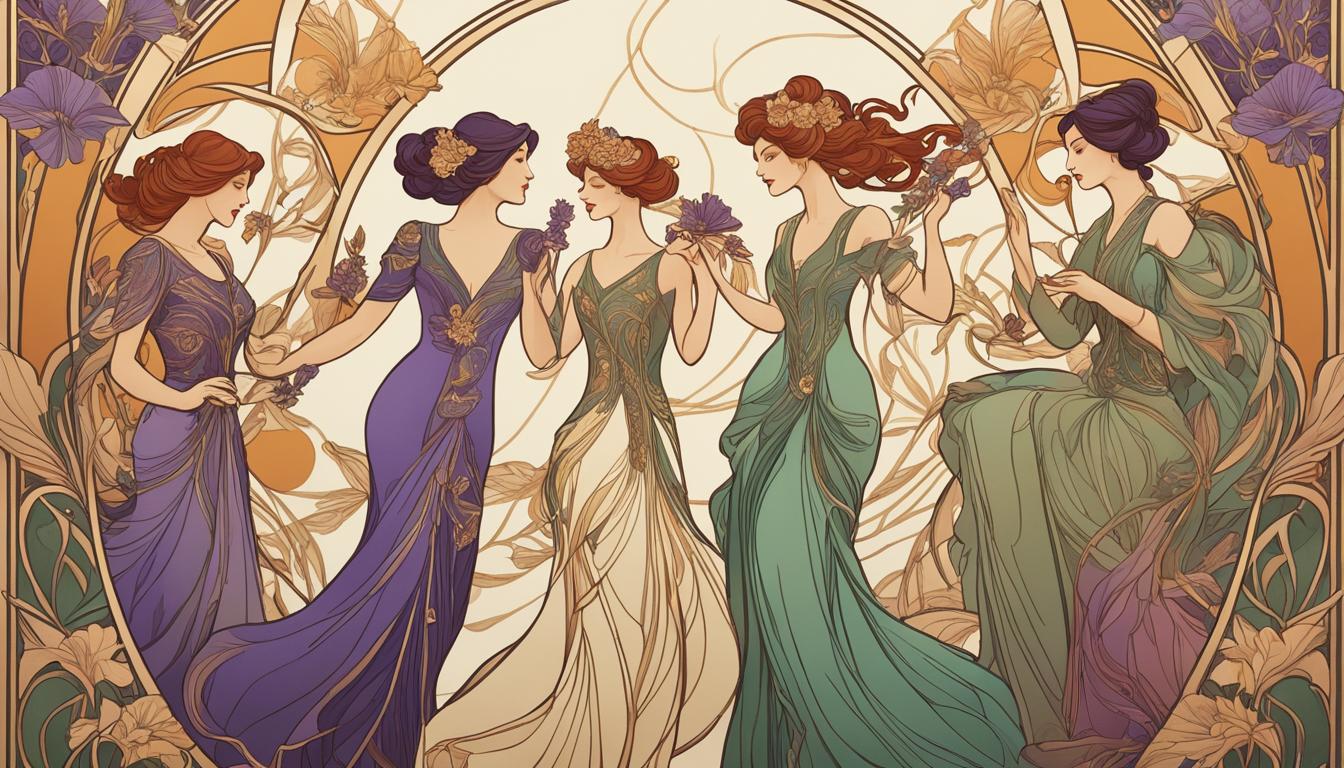Welcome to our journey into the captivating world of Art Nouveau art! In this blog post, we will delve into the enchanting Art Nouveau movement, admire its distinctive style, discover renowned artists, and appreciate the lasting impact it has had on the art world.
Art Nouveau, also known as the “New Art,” emerged in the late 19th century and captivated artists and art enthusiasts alike. This extraordinary movement embraced organic shapes, intricate designs, and a deep connection with nature. It encompassed various art forms, including painting, architecture, and design, mesmerizing the world with its uniqueness and elegance.
One of the most influential artists of the Art Nouveau movement was Gustav Klimt, renowned for his dazzling works such as the Beethoven Frieze and The Kiss. His masterpieces showcased the essence of Art Nouveau, embodying its intricate patterns, flowing lines, and mesmerizing beauty.
Antoni Gaudí, another prominent figure in the movement, left an indelible mark on architecture with his modernist designs in Barcelona. 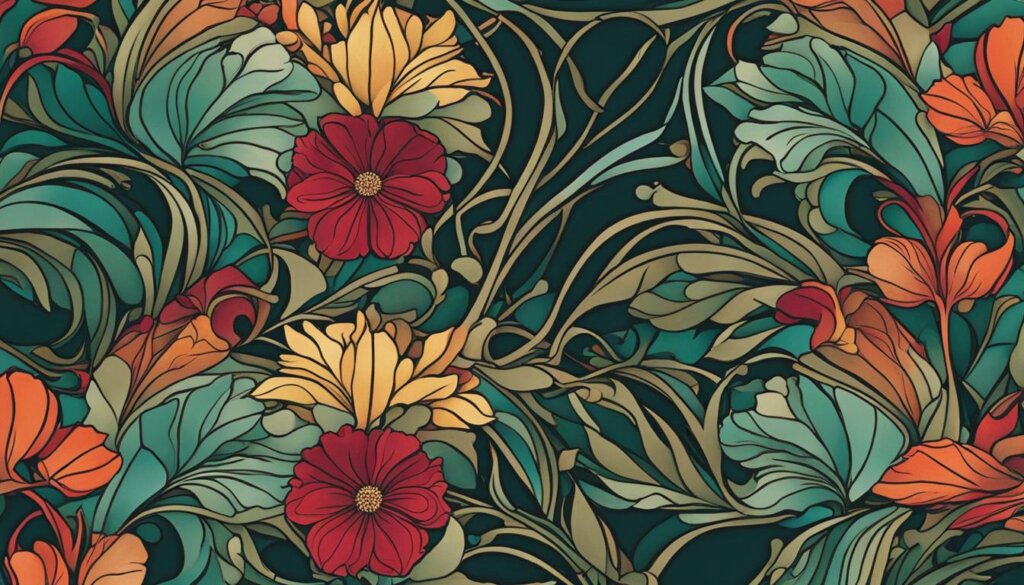 The architectural wonders he created, such as Casa Batlló and Park Güell, epitomize the spirit of Art Nouveau while embracing its characteristic motifs and innovative techniques.
The architectural wonders he created, such as Casa Batlló and Park Güell, epitomize the spirit of Art Nouveau while embracing its characteristic motifs and innovative techniques.
Throughout this blog post, we will delve deeper into the characteristics and elements that define Art Nouveau art. We will explore its impact on architecture and design, showcasing the organic forms, dynamic curves, and harmonious integration of nature-inspired motifs.
Additionally, we will celebrate the brilliant artists who contributed to this movement, such as Alphonse Mucha and René Lalique. Their unique visions and exceptional craftsmanship continue to inspire artists today and remind us of the enduring legacy of Art Nouveau.
So join us on this virtual exploration of Art Nouveau art online, where we will unravel the beauty, significance, and lasting influence of this extraordinary movement. Let’s embrace the elegance, immerse ourselves in the intricate designs, and discover the timeless allure of Art Nouveau art!
The Characteristics of Art Nouveau Art
Art Nouveau art is known for its distinct characteristics and elements. The movement emphasizes the use of curvilinear lines and organic forms, drawing inspiration from the beauty of nature. It often features intricate and decorative motifs, such as floral patterns, vine-like curves, and flowing shapes.
Art Nouveau artists are known for their innovation and craftsmanship, incorporating new materials and techniques. They push the boundaries of creativity, resulting in stunning and unique artworks. The style has a focus on creating a total work of art where every aspect of the design, from architecture to furniture, is harmoniously integrated.
Art Nouveau art aims to create a sense of beauty and elegance, while also reflecting the spirit of the time. It captures the essence of the late 19th and early 20th centuries, with its intricate details and organic aesthetics.
To better understand the beauty of Art Nouveau art, take a look at this exquisite example:
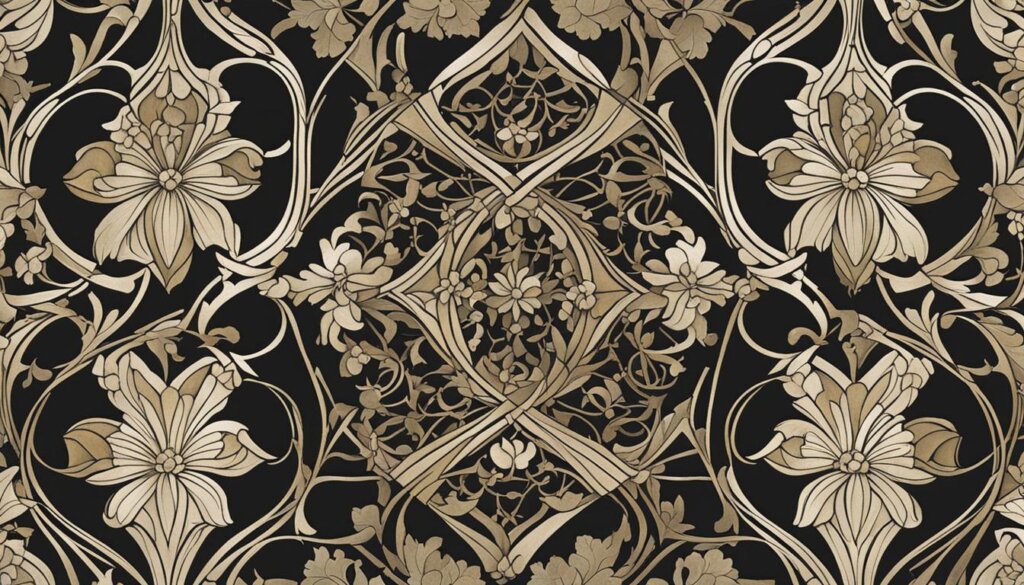
As you can see from this stunning image, the Art Nouveau style perfectly embodies the characteristics and elements discussed above. The intricate details, flowing lines, and organic forms create a sense of beauty and harmony.
The influence of Art Nouveau can still be seen in contemporary art and design, making it an enduring and significant movement in the history of art.
Art Nouveau Architecture and Design
Art Nouveau had a significant impact on architecture and design. The movement brought about a new approach to architectural styles, moving away from traditional forms and embracing more organic and decorative elements.
Architects like Antoni Gaudí in Barcelona and Hector Guimard in Paris embraced the Art Nouveau style in their designs, incorporating flowing lines, nature-inspired motifs, and intricate ornamentation.
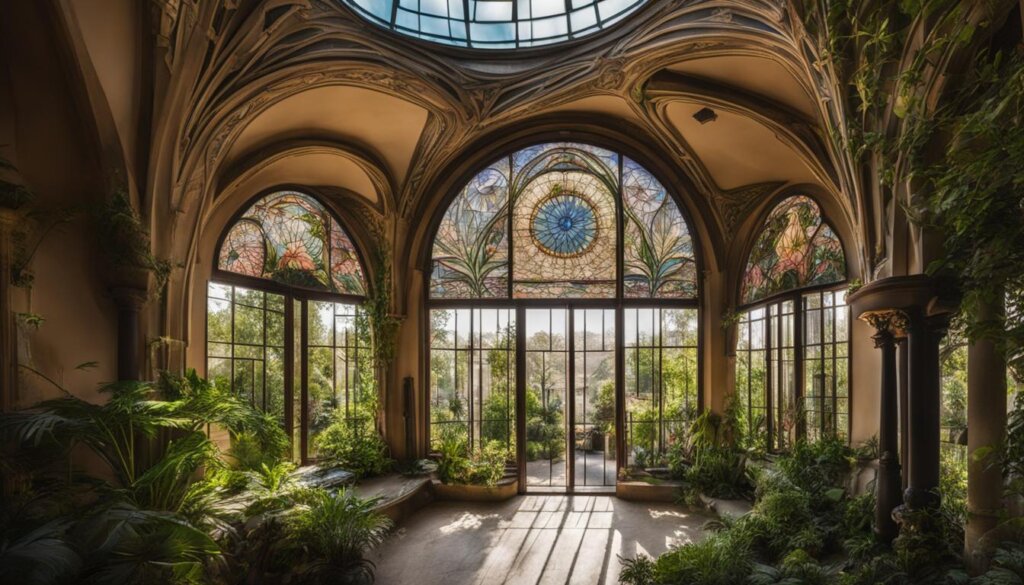
- Art Nouveau architecture often featured asymmetry and dynamic curves.
- The use of new materials such as iron and glass was prevalent.
The design aspect of Art Nouveau extended beyond architecture, influencing furniture, jewelry, textiles, and decorative arts. The style’s emphasis on beauty, craftsmanship, and innovation created truly unique and stunning pieces.
Art Nouveau Artists and Their Works
Art Nouveau attracted a multitude of talented artists across various disciplines. One notable figure associated with the movement is Gustav Klimt. His paintings, such as The Kiss and The Tree of Life, embody the essence of Art Nouveau with their intricate detail and organic motifs.
Another renowned artist of the era is Alphonse Mucha, whose decorative posters became iconic examples of Art Nouveau art. René Lalique, on the other hand, left a lasting legacy with his exquisite glass and jewelry designs.
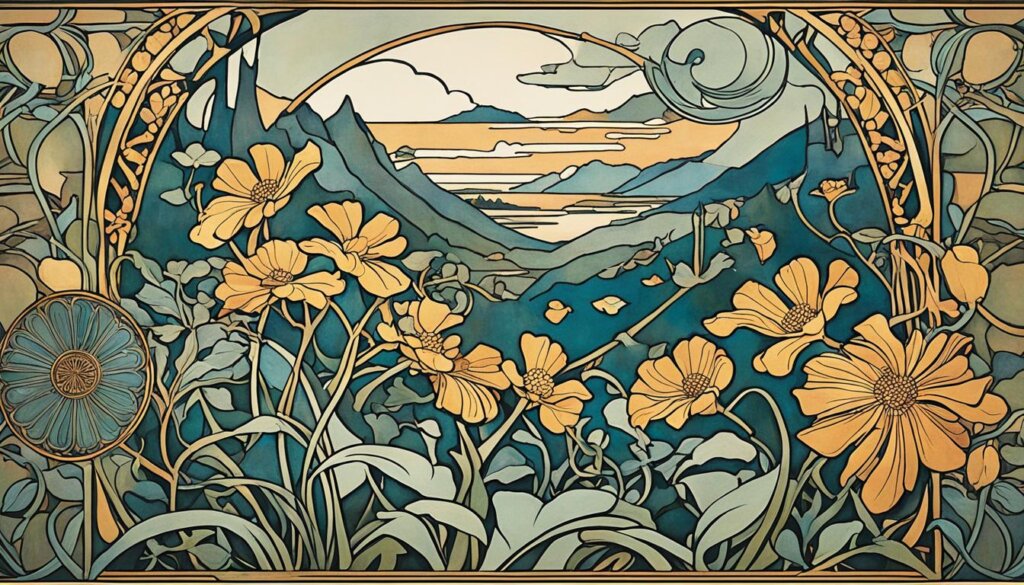
These artists, along with numerous others, contributed their unique visions to the Art Nouveau movement. Their works showcase the elegance, innovation, and intricate craftsmanship that define the Art Nouveau style.
Exploring the art of these talented individuals allows us to truly appreciate the beauty and inspiration that Art Nouveau continues to bring to the world of art.
The Lasting Influence of Art Nouveau
Despite its relatively short existence, the Art Nouveau movement has had a profound and lasting influence on the world of art and design. Its emphasis on natural forms, intricate ornamentation, and impeccable craftsmanship has paved the way for subsequent modern art movements, including the iconic Art Deco style of the 1920s and 1930s. The influence of Art Nouveau can also be seen in the organic architecture that emerged in the 20th century, with architects drawing inspiration from its flowing lines and nature-inspired motifs.
Art Nouveau’s enduring appeal lies in its ability to evoke a sense of elegance and beauty that transcends time. Its ornate and decorative style continues to inspire contemporary artists, designers, and architects, who incorporate elements of Art Nouveau into their work. The movement’s influence is evident in various creative fields, ranging from graphic design to interior design, as artists seek to capture the same harmonious unity and refined aesthetic that Art Nouveau exemplified.
Art Nouveau remains an important chapter in the history of art, serving as a testament to the creativity and innovation of the late 19th and early 20th centuries. Exploring the beauty and significance of Art Nouveau art online allows us to delve into this extraordinary movement, appreciate its rich history, and understand its enduring impact on the art world today. From its delicate floral patterns to its intricate architectural designs, Art Nouveau continues to captivate audiences and remind us of the power of artistic expression.
Source Links
- https://helenafairfax.com/2014/12/13/the-allure-of-art-nouveau/
- https://www.vam.ac.uk/collections/art-nouveau
- https://artsandculture.google.com/story/0gURpSTgaCIyIQ

